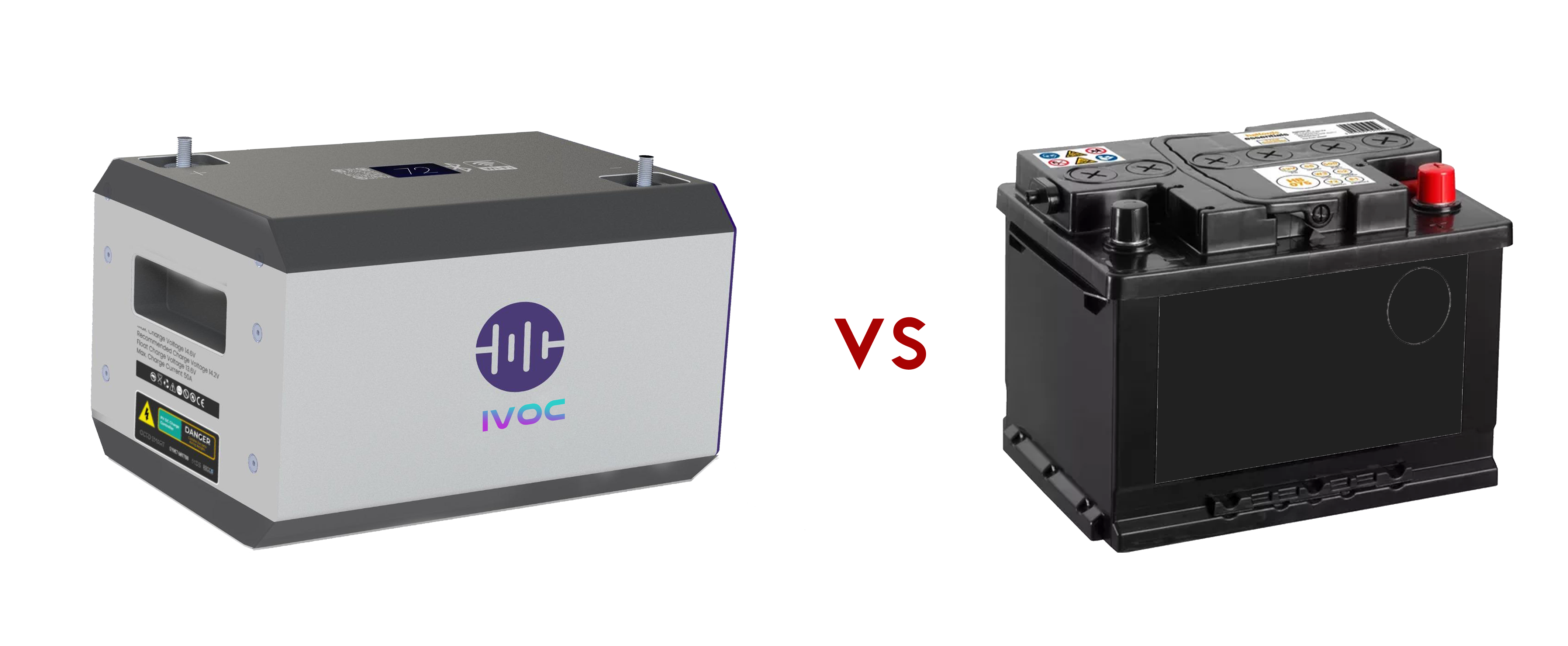LFP VS LEAD ACID

LONG CYCLE LIFE
Octo Lithium batteries, with a design life of 15 years, offer approximately 6,000 cycles compared to conventional batteries. Octo Lithium batteries have an expected lifespan of over 10 years.
In contrast, lead-acid batteries approach the end of their economic life after about 1,000 cycles.
FAST CHARGING
Octo Lithium batteries can be quickly charged in as little as 2 hours, facilitating smooth operations even in demanding environments.
Lead-acid batteries require 8-10 hours to charge and faster charging can damage them. Intensive operations necessitate more backup batteries, increasing the number needed.
PARTIAL & INTERIM CHARGING
Octo Lithium batteries support interim charging during breaks and meals, ensuring continuous operations. Partial or interim charging does not harm the battery.
Partial charging significantly reduces the lifespan of lead-acid batteries.
MAINTENANCE
Octo Lithium batteries require no special maintenance and can be used at maximum efficiency with a full charge once a month.
Lead-acid batteries need constant maintenance, including water refills, and regular checks of voltage and liquid levels. Lack of maintenance can quickly render them unusable.
COST
Although the initial investment for Octo Lithium batteries is relatively higher than conventional batteries, the total cost of ownership can be up to one-third that of lead-acid batteries.
While the initial cost of lead-acid batteries is low, the total cost of ownership (including operational, maintenance, and replacement costs) negates this advantage.
ENERGY EFFICIENCY
Octo Lithium batteries have a total charging efficiency of up to 95%, which is about 30% higher than conventional batteries.
The total efficiency of lead-acid batteries is around 65%, leading to significant increases in electricity consumption in applications with numerous units.
SECOND LIFE
Lithium batteries from Octo, which may lose capacity over time in intensive operations, can be repurposed for units with lower operational demands. Octo Lithium batteries do not experience sudden failure.
Lead-acid batteries are typically only suitable for scrap once their useful life is over.
HEALTH & SAFETY
Octo Lithium batteries do not emit flammable or toxic gases or liquids during charging or discharging, making them suitable for use in enclosed spaces. The built-in Battery Management System (BMS) minimizes user errors.
Lead-acid batteries emit flammable and toxic gases and liquids during charging and discharging, requiring special ventilation or outdoor charging. The acidic nature of the battery poses hazards during maintenance, and there is no self-protection mechanism during charging and discharging, leaving them vulnerable to user and device errors.
ENVIRONMENTAL CONDITIONS
In cold weather (below -10°C), Octo Lithium batteries lose capacity at half the rate of conventional batteries. They also have minimal heating and no capacity loss in hot weather.
Lead-acid batteries experience significant capacity reduction in cold environments and considerable economic life reduction in hot conditions due to increased liquid and gas emissions.
CAPACITY UTILIZATION
Octo Lithium batteries utilize approximately 90% of their capacity, with no loss in high-discharge applications.
Lead-acid batteries use about 70% of their rated capacity, and this decreases further in high-discharge applications.